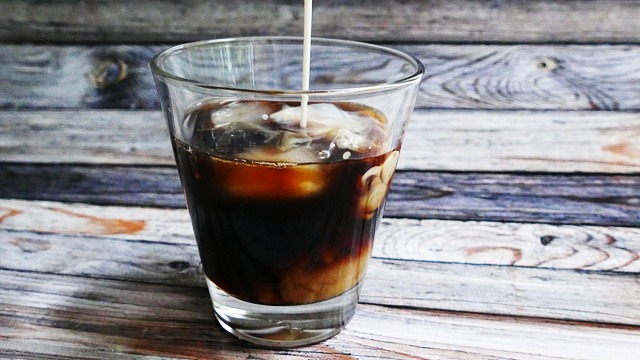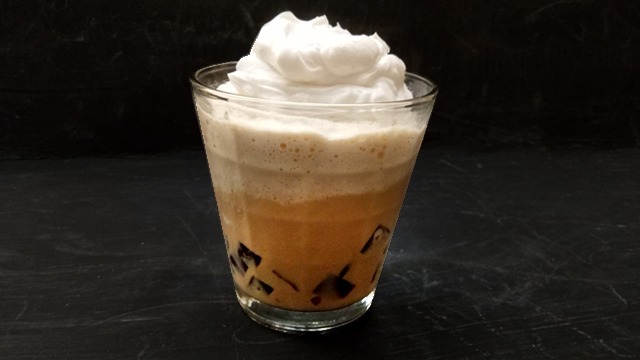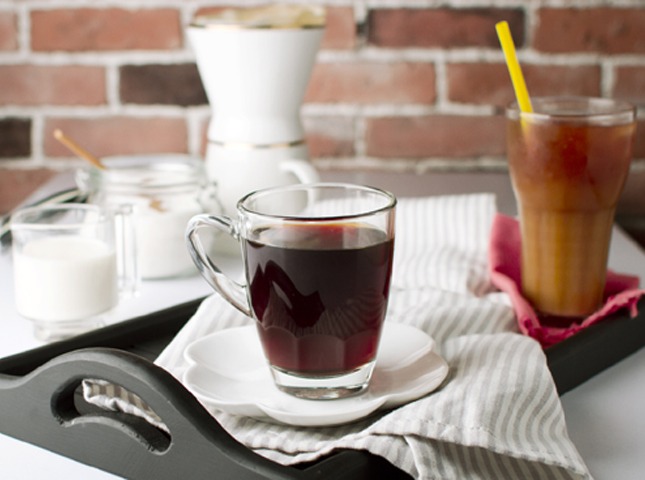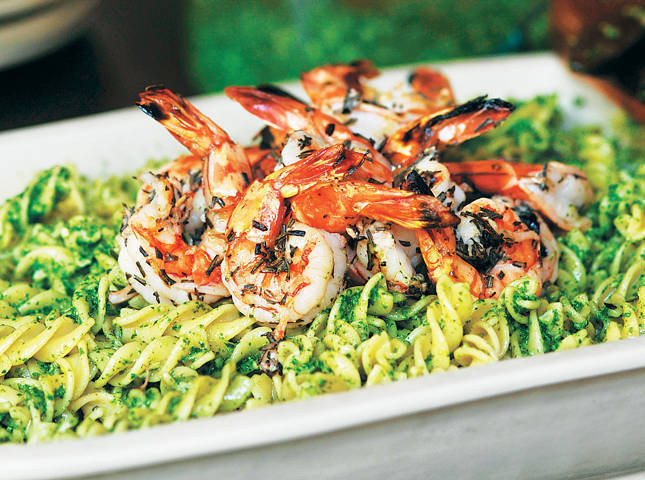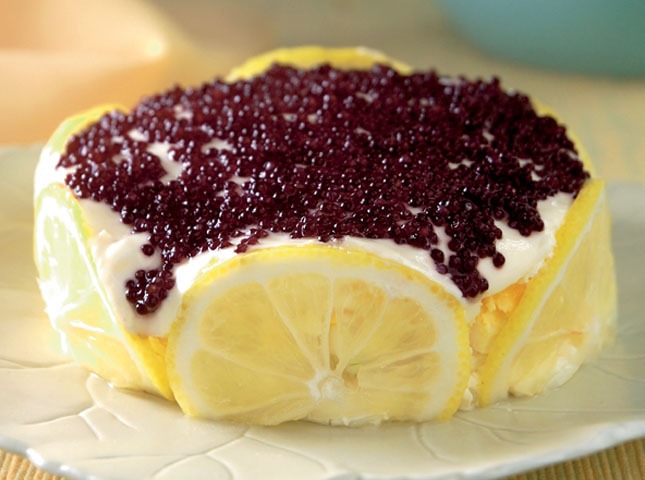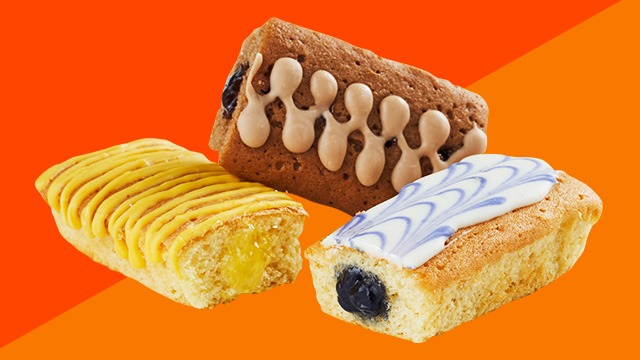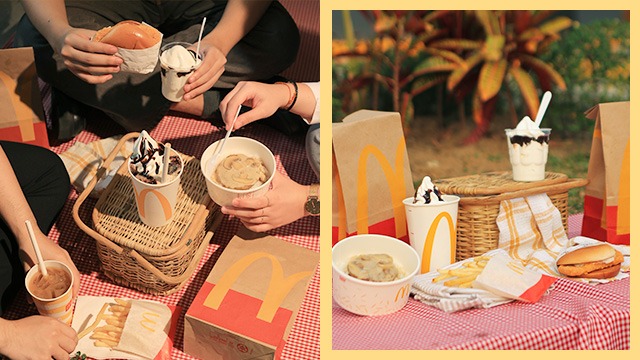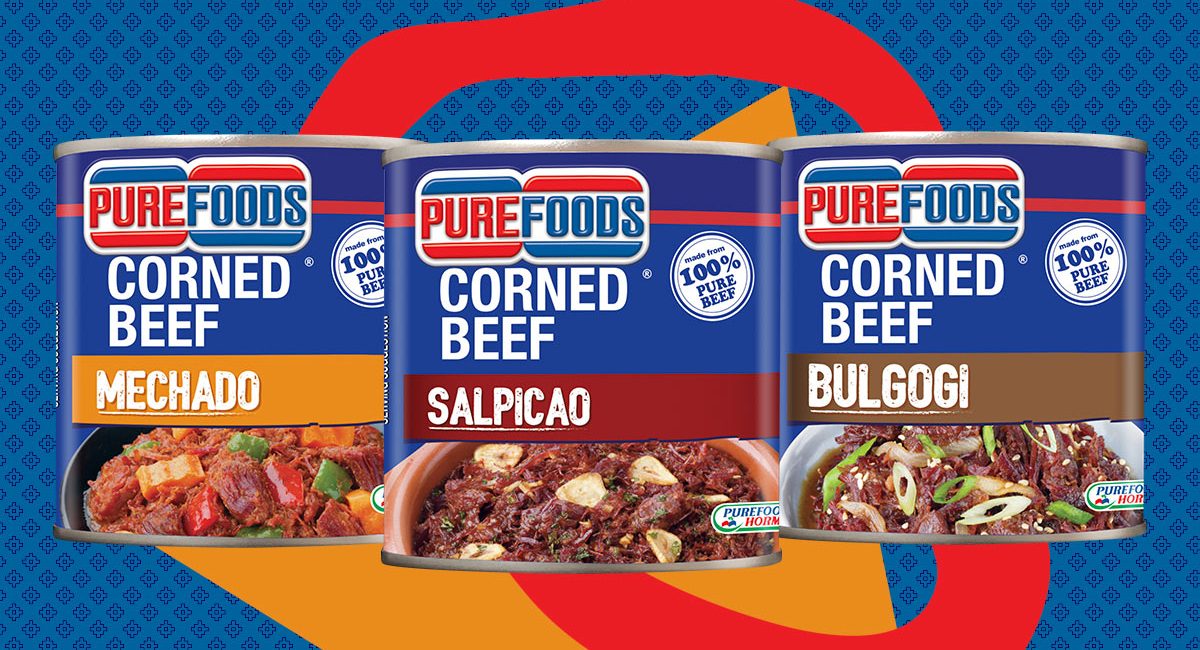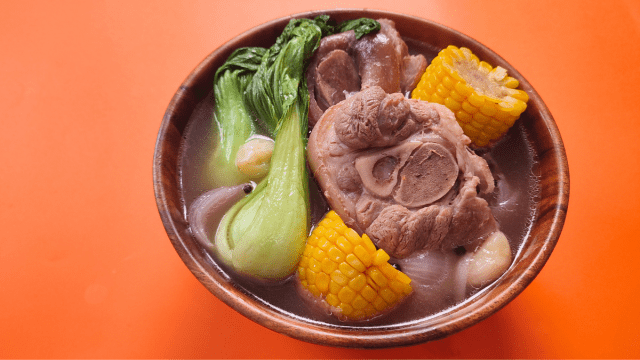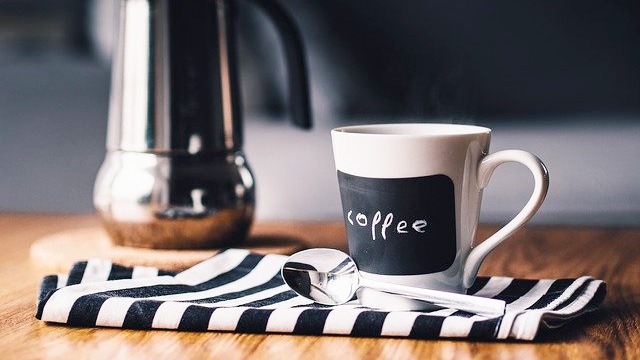
Making excellent coffee at home needs a few special equipment that won’t break your budget but will deliver the hot mug you need every morning. Do you have a coffee machine that will do the bulk of the job or are you the type of coffee drinker who likes to be involved in every step of the process of making his perfect brewed cup?
Whether you’re a newbie to the coffee-brewing scene or have more experience handling the beans, here’s a guide to knowing everything you need to know about making coffee at home:
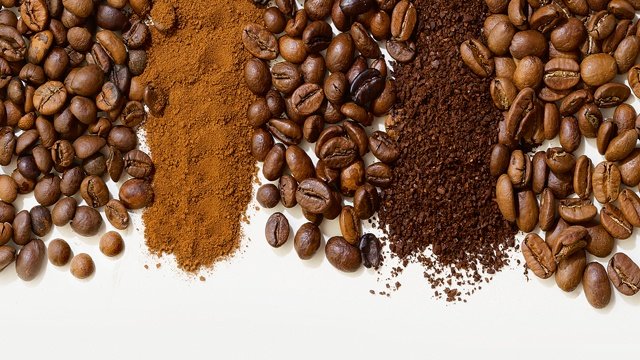
1 Grind your own coffee beans.
Coffee beans come in various degrees of roast. If you need a guide on what kind of roast you prefer, ask yourself these questions to know your roast:
- • Do you like your coffee as strong-flavored, but less acidity? Choose Dark Roast.
- • Do you like your coffee to taste a little bittersweet and taste like the classic cup of coffee? Choose Medium Roast.
- • Do you like your coffee less strong but have some fruitiness of flavor? Choose Light Roast.
Once you know which roast you like, time to choose a bag. You might want to ask your coffee barista or consult the package for additional flavor notes the coffee might have since each country and even each region where the coffee beans are grown will create different flavors.
These coffee beans can come already ground for you. You can certainly grab this bag at the shop and use it. However, anyone who has ever had a cup of coffee made from freshly ground coffee beans knows the big difference that freshly ground coffee makes in your cup.
If you want to take the plunge and grind your own coffee beans, you will need to know how coarsely or finely ground you need the coffee beans. Here’s a quick guide on how finely ground the coffee beans need to be for the different coffee makers you might have a home:
- • Coarse grind = cold brew, French press, coffee percolator (stovetop coffee maker)
- • Medium grind = coffee machines, pour-over brewers, siphon coffee maker
- • Fine grind = espresso machines, moka pot (stovetop espresso brewer)
If you need a visual comparison of what these grinds look like, use the different kinds of salt as your visual cue:
- • Coarsely ground should look like rough rock salt.
- • Medium grind looks like granulated table salt.
- • Fine grind looks like powdery, fine sea salt.
All three still have a texture, including the fine sea salt. This is the reason why when you buy your coffee beans at a coffee shop and request to have it ground at the store, they usually inquire regarding what type of grind you want or more specifically, what type of coffee brewer you will use with it so that you can enjoy their coffee beans at their best tasting grind.
Recommended Videos
The coffee you grind at home does not and should not have to be finely ground so there’s no need to spend too much on a machine that you will need to replace once the grinders or the blade become dull. While you can use one that has seen long-term use, while still effective, it won’t finely grind it the way a newer grinder will be able to. This affordable electric coffee blade grinder (P399) or this similarly priced manual coffee grinder (P388) are both great deals for those who want to invest in a new coffee grinder for their homes.
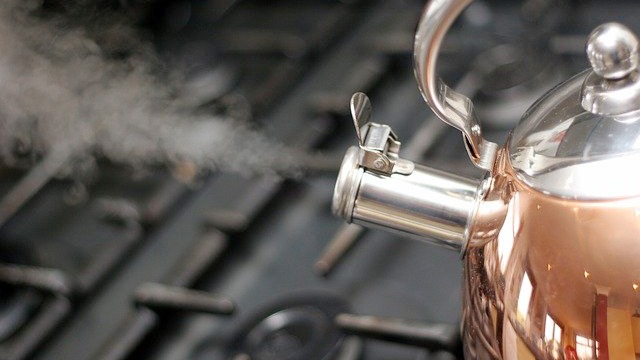
2 The water should be hot, not boiling.
This is another area of coffee making where many people make mistakes. When making coffee manually using a pour-over coffee filter extractor or a French press, the water should be hot, but it should not be boiling.
Use water that is too cold (below 195 degrees F or 90 degrees C) and you will get coffee that doesn’t taste quite as strong or is under-extracted. (This is the reason why the cold-brew coffee method takes hours instead of minutes to extract the flavor.) Use water that is too hot (over 205 degrees F or 96 degrees C) or that was just boiled, and the heat will “burn” off the desired flavors in the coffee beans that you’re trying to carefully extract.
If you want a more exact temperature, the hot water should be around 200 degrees F (93 degrees C). The reason behind this is that the extraction of the flavor from the coffee beans should be just so for a perfect tasting cup of coffee.
If you ever find that your electric kettle boiled the water, give it a few minutes to cool down before pouring into your cup.
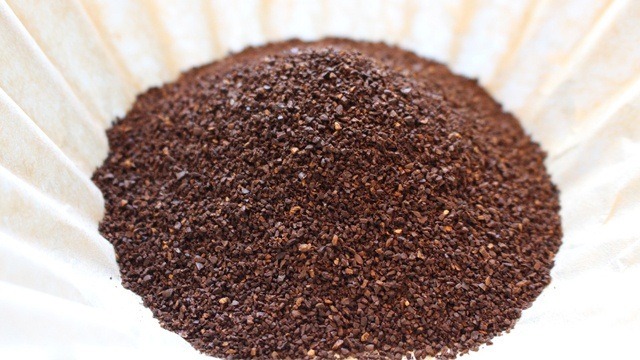
3 Water to ground coffee ratio is totally up to you.
There’s always someone who says that the coffee is too strong or too weak for them. This is totally a matter of preference! Some coffee drinkers love their coffee strong enough to keep them up through the day and all night, but there are also those who prefer their mug more mellow to savor the more delicate notes that their coffee provides.
If you are unsure of the basic ratio of water to ground coffee you need to make a decent cup of coffee, use this generic formula: 1 heaping tablespoon per 1 cup water. If you want the allegedly “Golden Ratio” of ground coffee to water, 1 gram ground coffee is used per 15 to 18 grams water. Roughly translated, it’s about 1 tablespoon per 6 ounces water or around 3/4 cup water.
However strong (or weak) you like your coffee, trial and error is going to be the only way to know for sure how much of both the water and the ground coffee you will need for your ideal cup.
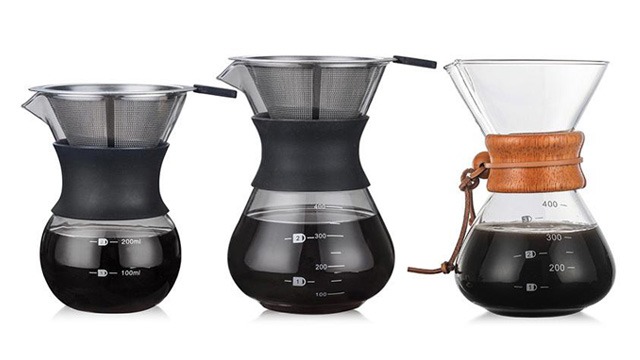
4 Choose your brewing method.
Now that you have your perfectly ground coffee and your water ratio determined, you can start brewing your coffee. You can follow the instructions of your coffee brewer with the adjusted ratios for the ground coffee and water amounts. If you’re using a machine, this step is almost no effort: let the machine take over after you add the ground and water. Cold-brewed coffee meanwhile is best made at least the night before for maximum extraction.
If you’re envious of all those people who manually make their own coffee, you don’t need to be. There are highly affordable manual coffee brewers that might be just what you want to make your coffee experience more personal.
We found this gorgeous but budget-friendly pour-over coffee maker with a filter (P633, black silicone, P868, wood handle) that is the perfect size for any home! This comes in either the individually-sized 200-ml sized pitcher or the bigger 2-3 cup 400-ml pitcher. Plus you can choose a black silicone wraparound holder or a wooden one, too.
If you just need the pour-over coffee filter on top, try this wonderfully made stainless steel coffee topper version (P598) that doesn’t even need a paper coffee filter to use with it. It’s beautiful as well as environmentally friendly, too!
Make your coffee experience a morning ritual that you look forward to! It’s an experience that can be the great start you need every morning.
ALSO READ:

